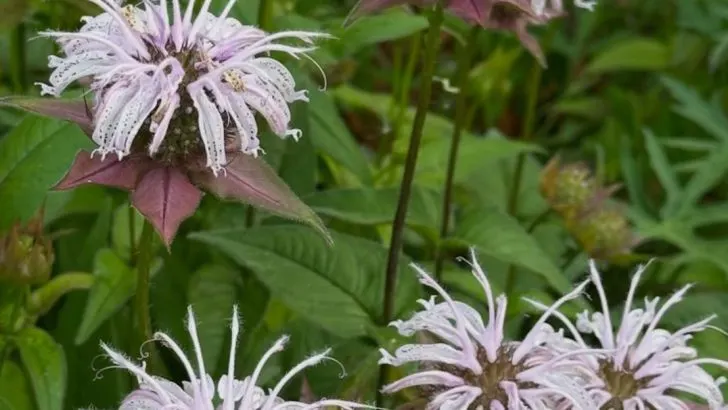If you want to welcome more gentle, pollinating bees into your garden—without attracting aggressive wasps—you’re not alone. It turns out some flowers are irresistible to bees, while quietly discouraging wasps from hanging around.
These 14 blooms offer the best of both worlds: they support pollination and biodiversity while helping create a calmer, more relaxing outdoor space. Many are rich in nectar, subtly fragrant, and chosen for their appeal to honeybees, bumblebees, and native bee species—not wasps.
In this article, we’ll share the flowers that make your garden buzz with life—not stress—so you can enjoy a space that’s both productive and peaceful.
Lavender
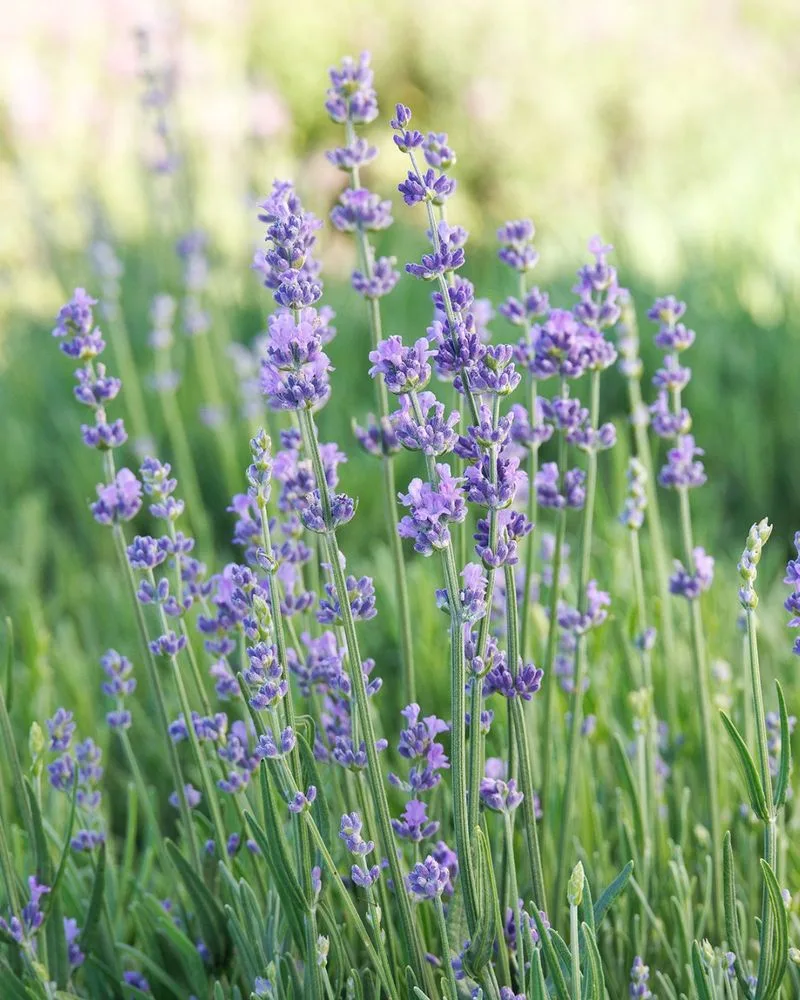
Lavender, with its soothing scent and beautiful purple hues, is a garden staple. Known for its calming properties, this flower is a favorite amongst bees but doesn’t appeal to wasps. The aromatic oils of lavender act as a natural deterrent to wasps, making it an ideal choice for peaceful gardens. Its ability to thrive in sunny spots with little water makes it a practical choice for many gardeners. Imagine walking through a garden with the gentle buzz of bees and the calming scent of lavender in the air.
Marigold
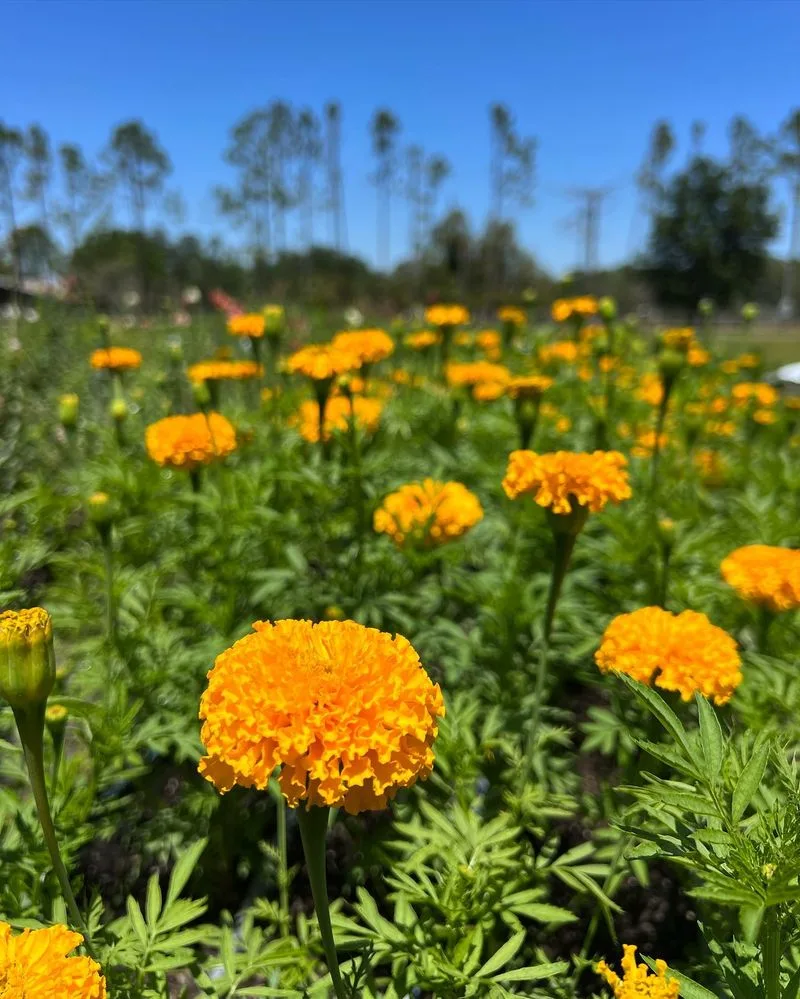
Marigolds are known for their vibrant colors and their ability to repel pests, including wasps. These cheerful flowers attract bees with their bright petals and nectar, but the pungent smell keeps wasps at a distance. A garden filled with marigolds is not only colorful but also functional, as they can deter unwanted insects from other plants. The sunny disposition of marigolds makes them a joyful addition to any garden, providing both aesthetic appeal and practical benefits.
Bee Balm
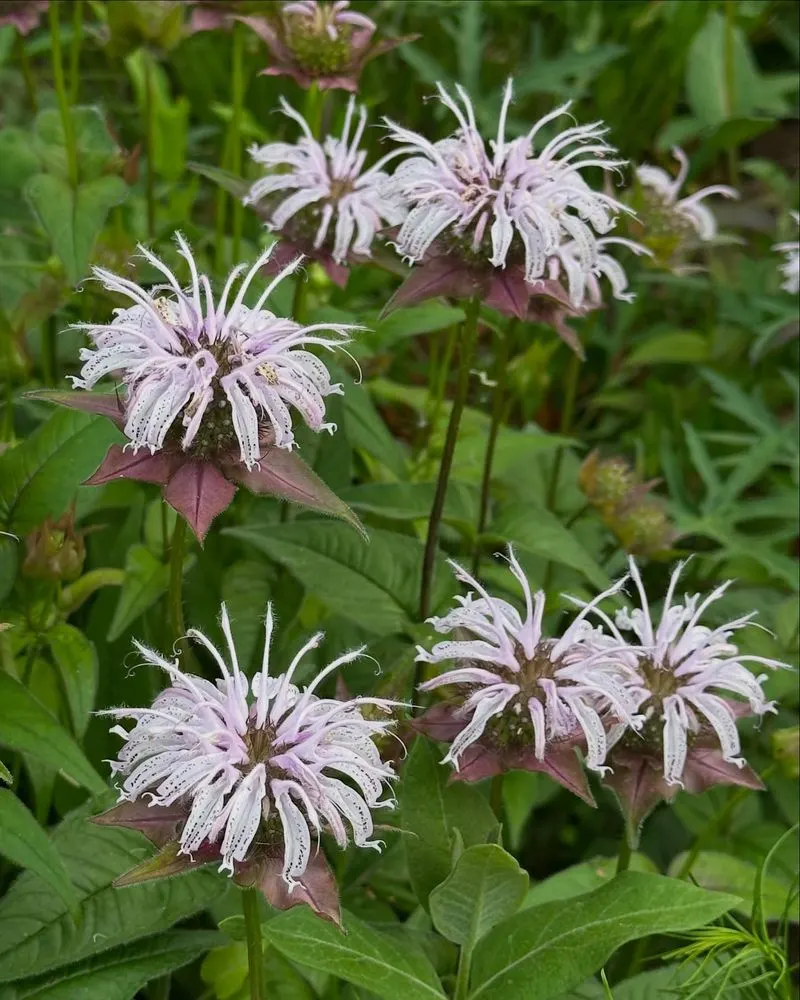
Bee Balm is aptly named, as it is a magnet for bees and other pollinators. Its tubular flowers are perfect for bees to access nectar, yet wasps tend to avoid them. With its striking colors ranging from pink to deep red, bee balm adds a dramatic flair to garden beds. This flower not only attracts bees but also makes a statement with its unique shape and vibrant colors. Bee balm is a wonderful choice for those looking to create a lively yet peaceful garden environment.
Echinacea
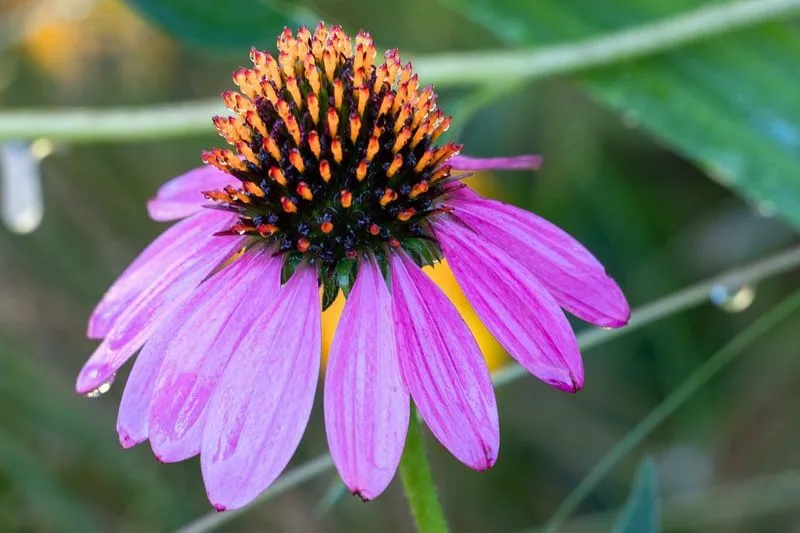
Echinacea, also known as coneflower, is popular for its medicinal properties and its appeal to bees. Wasps, however, aren’t as fond of this resilient flower. Its daisy-like appearance and sturdy stem make it a garden favorite. The vibrant pink and purple petals attract bees while its earthy scent discourages wasps. Echinacea thrives in various climates, making it a versatile choice for gardeners. Its presence in a garden not only enhances beauty but also promotes biodiversity by supporting bee populations.
Borage
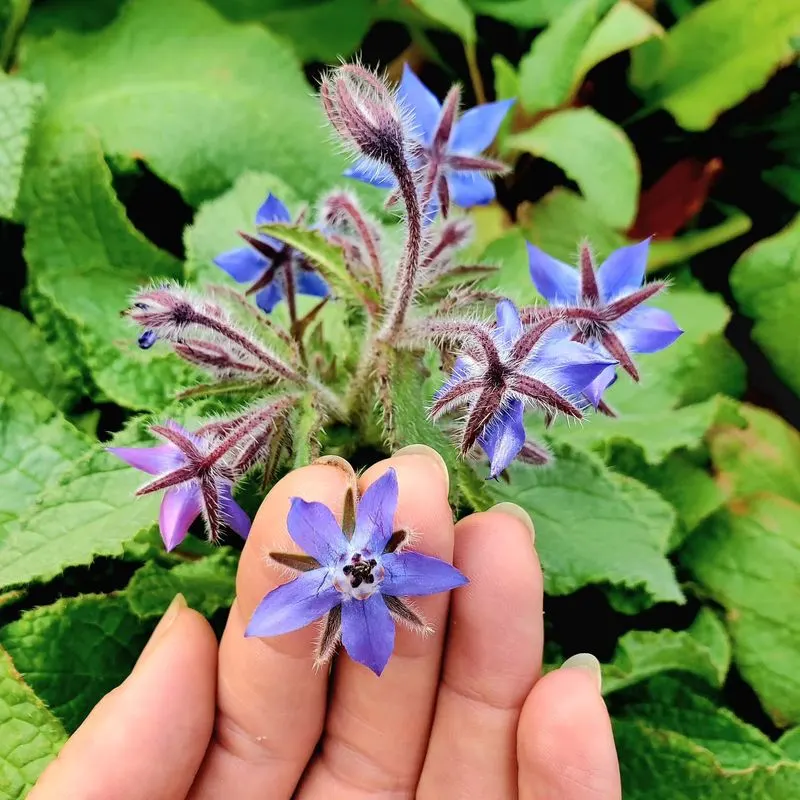
Borage, with its star-shaped blue flowers, is not only a visual delight but also a favorite of bees. Known for its cucumber-like taste when used in salads, borage adds both beauty and utility to gardens. While bees are drawn to its nectar-rich flowers, wasps seem to steer clear. This annual herb is easy to grow and often self-seeds, allowing it to return year after year. A garden with borage is both enchanting and inviting for pollinators, creating a harmonious natural space.
Yarrow
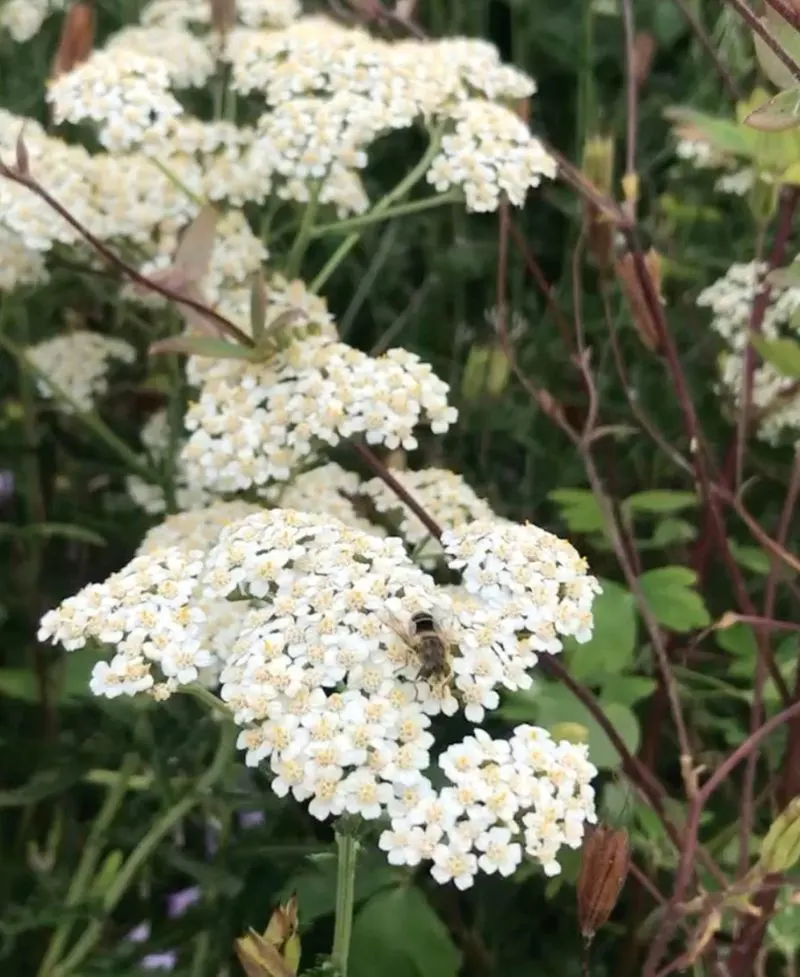
Yarrow is a versatile plant known for its feathery foliage and flat-topped clusters of flowers. Bees find its nectar irresistible, while wasps often overlook it. This hardy perennial can thrive in poor soil conditions, making it a reliable choice for many gardeners. Its ability to attract pollinators while deterring pests adds to its appeal. Yarrow’s various colors, from white to vibrant yellow and pink, can complement any garden design, making it both a functional and decorative addition.
Sunflower
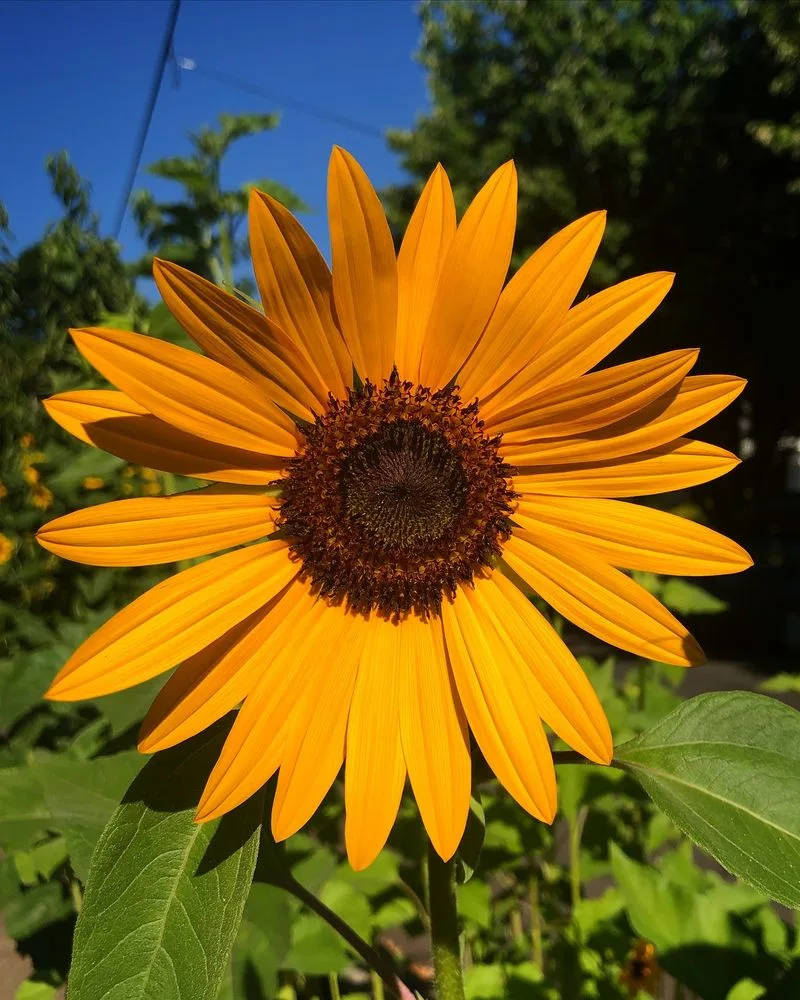
Sunflowers, with their towering presence and cheerful yellow petals, are a beacon for bees. These giants of the garden provide ample pollen for bees but are less attractive to wasps. Their large, sunny faces not only brighten up gardens but also provide seeds for birds. Sunflowers are easy to grow and can flourish in a wide range of climates, making them a popular choice. They bring a touch of joy and warmth, creating a welcoming environment for pollinators.
Salvia
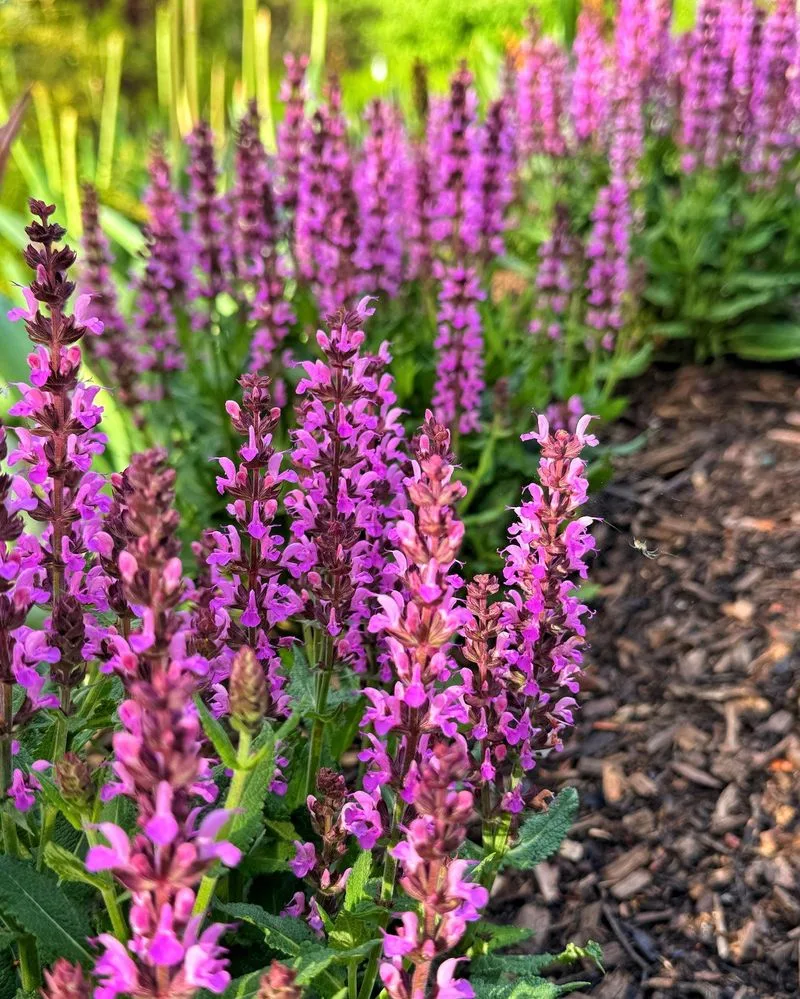
Salvia, with its spikes of blue and purple flowers, is a magnet for bees. Its rich nectar content makes it highly attractive to bees, while wasps tend to ignore it. This perennial is known for its drought tolerance and long blooming period, providing color throughout the growing season. Salvias can be used in borders, containers, or as part of a mixed perennial garden. Their versatility and ease of growth make them a favorite among gardeners looking to attract pollinators.
Catmint
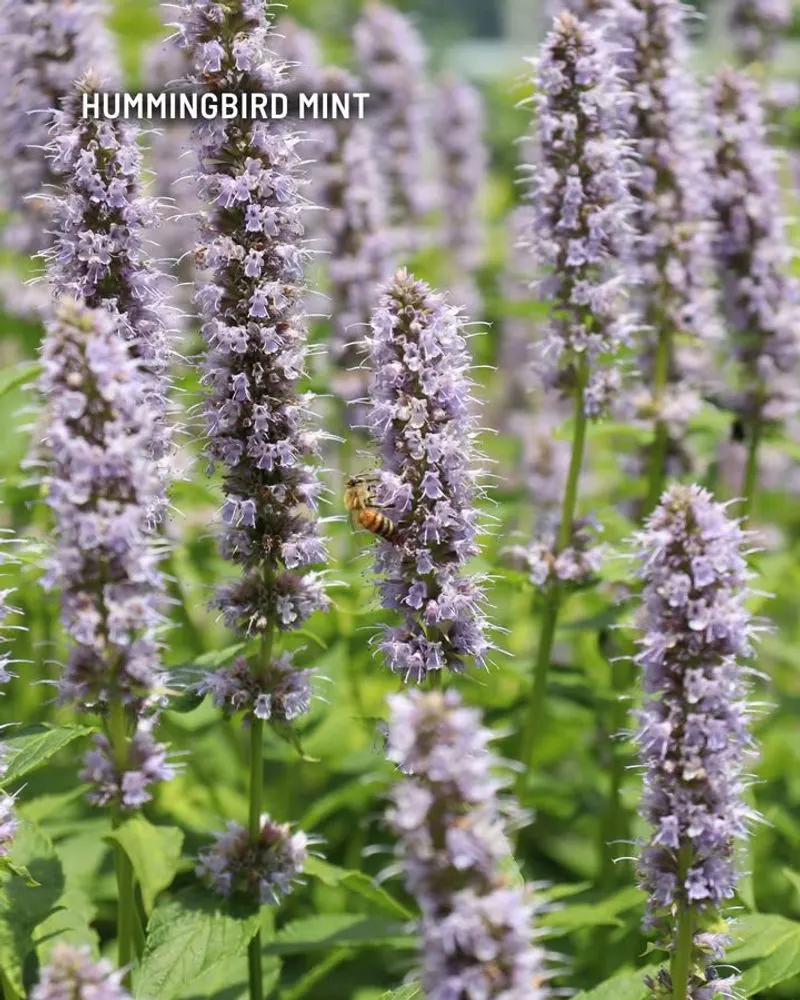
Catmint, a cousin of catnip, is adored for its aromatic foliage and delicate lavender flowers. Bees are naturally drawn to its rich nectar, but wasps tend to pass it by. This hardy perennial is known for its long blooming season and low maintenance needs. Planting catmint not only attracts beneficial insects but also adds a soft, flowing texture to garden borders. Its calming presence and bee-friendly nature make it a perfect addition to serene garden spaces.
Snapdragon
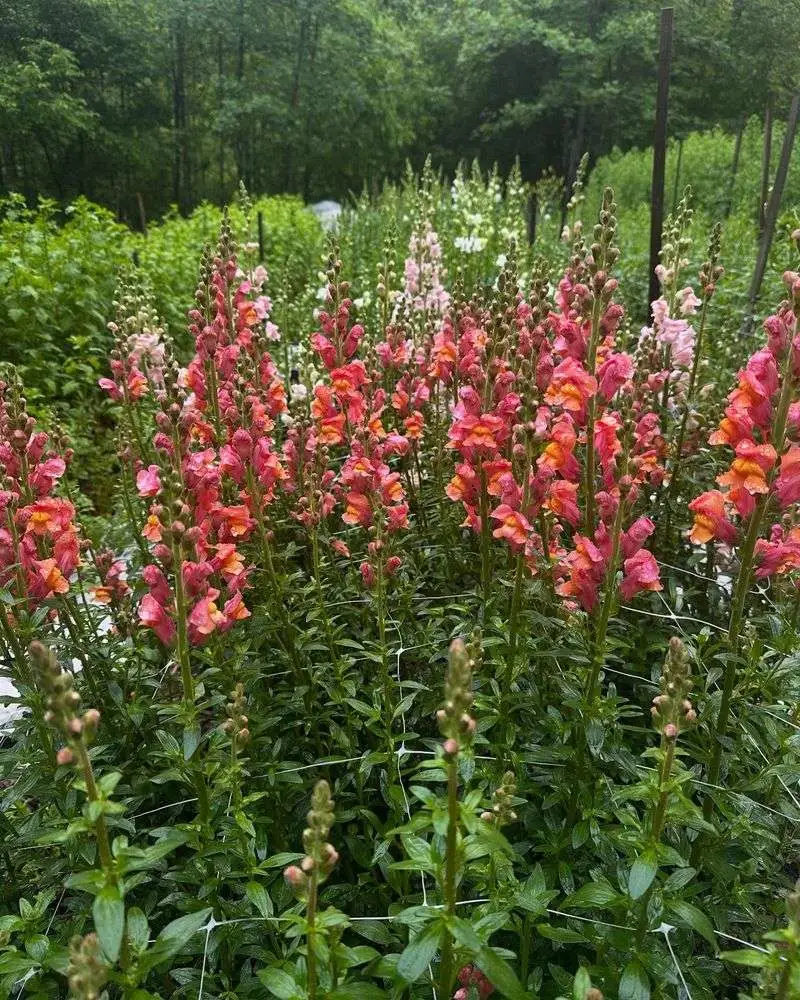
Snapdragons, with their whimsical blooms, capture the imagination of both gardeners and bees. These flowers come in a wide range of colors and are easy to grow. Their unique shape makes them difficult for wasps to access, providing a safe haven for bees. Snapdragons can be planted in beds or containers, offering versatility in garden design. Their vibrant colors and playful nature make them a delightful choice for creating a bee-friendly space without attracting wasps.
Clematis
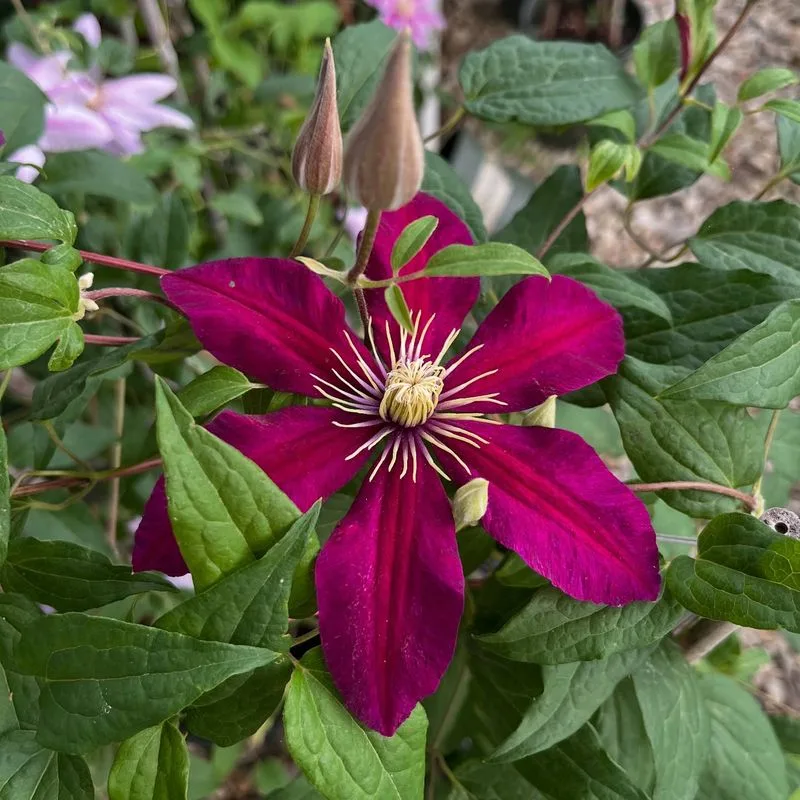
Clematis, often known as the “queen of climbers,” boasts large, showy flowers that attract bees. Wasps, however, seem to overlook these stunning blooms. With a variety of colors and forms, clematis can complement any garden style. These climbing plants add vertical interest and can transform fences or trellises into living walls of color. Clematis not only brings beauty but also supports pollinators, making it a valuable addition to any gardener’s collection.
Fuchsia
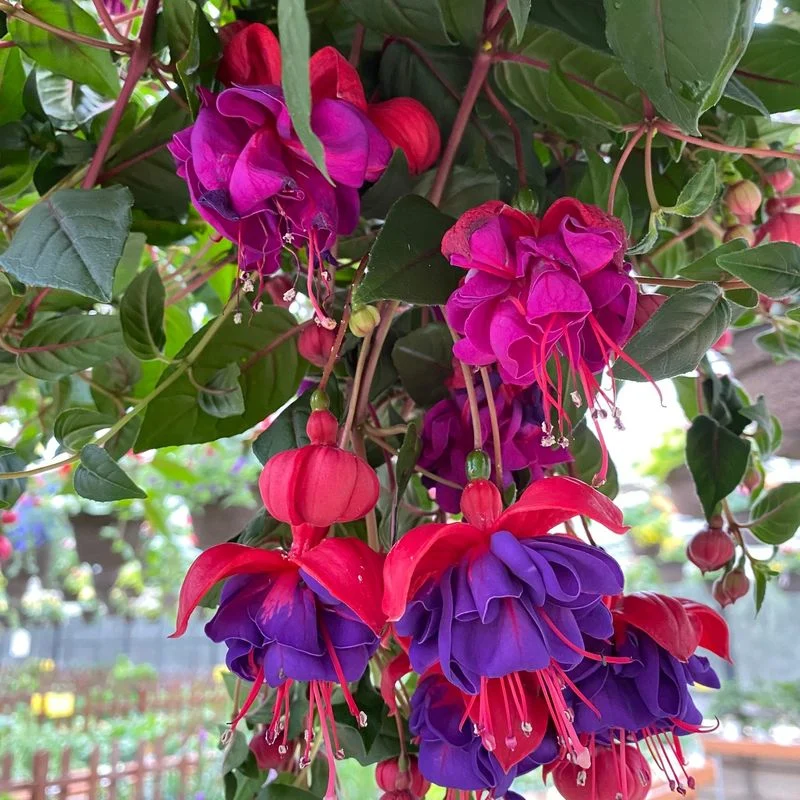
Fuchsia plants, with their dangling, lantern-like flowers, captivate bees with their nectar-rich blooms. Wasps, on the other hand, are not particularly drawn to these colorful flowers. Fuchsias thrive in shaded areas and add a pop of color to gardens or hanging baskets. Their exotic appearance and bee-friendly nature make them a popular choice for gardeners looking to create a peaceful oasis. With proper care, fuchsias can bloom continuously, providing beauty and support for pollinators.
Honeysuckle
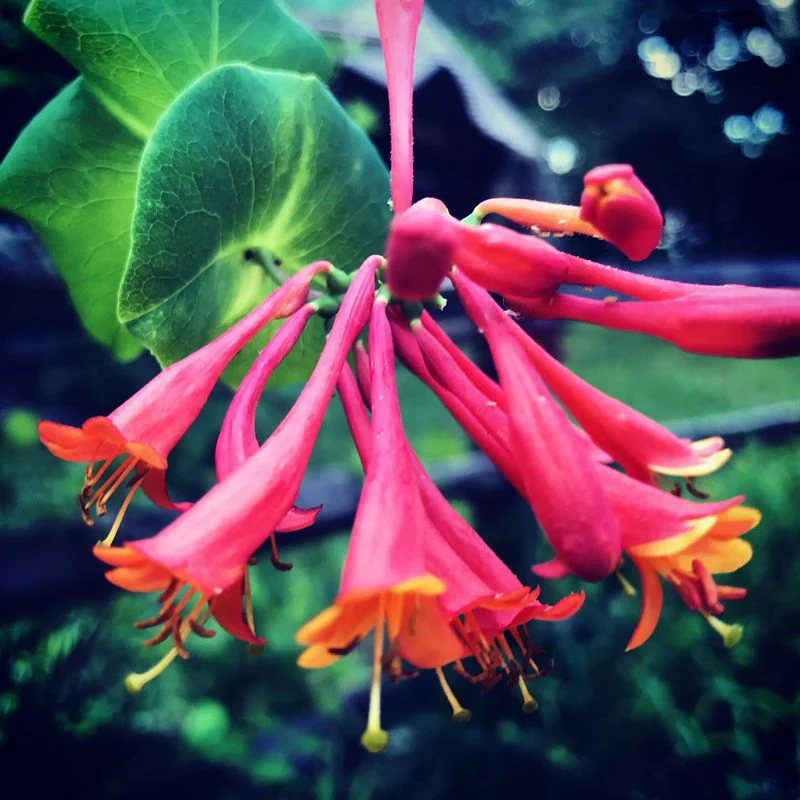
Honeysuckle, with its sweet fragrance and tubular flowers, is a magnet for bees. Wasps, however, are less interested in these aromatic blossoms. This climbing plant is perfect for covering fences or pergolas, adding both scent and beauty to outdoor spaces. Honeysuckle can adapt to various growing conditions, making it a versatile choice for many gardens. Its ability to attract pollinators while adding visual interest makes it a valuable addition to any garden landscape.
Calendula
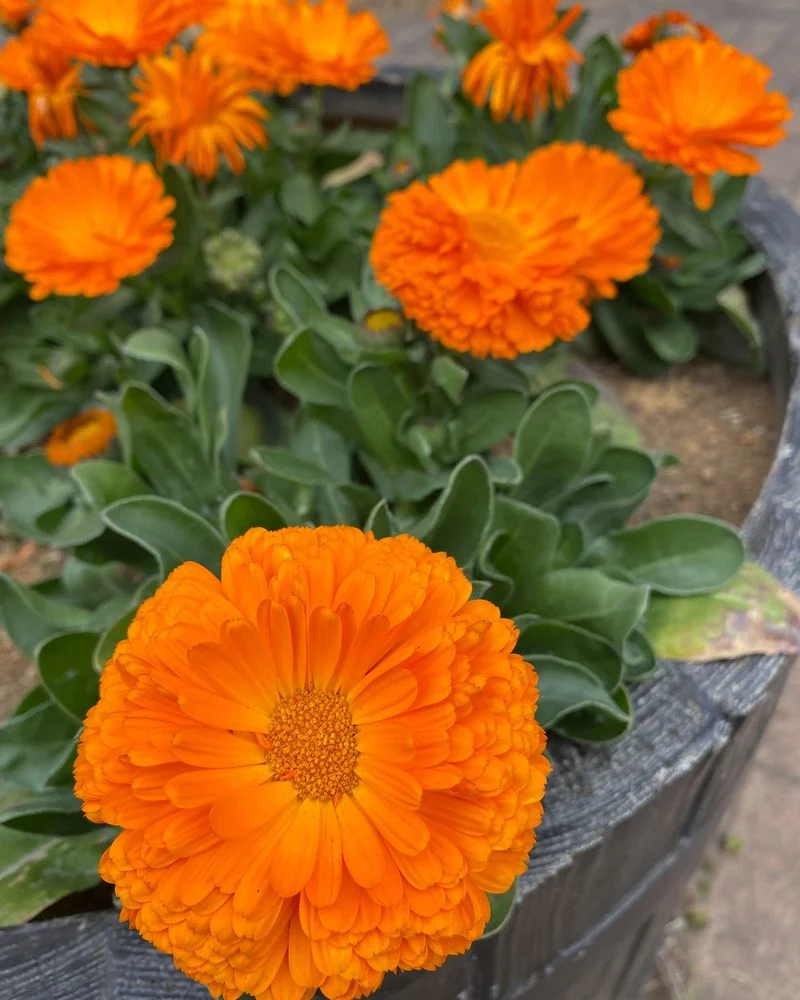
Calendula, also known as pot marigold, is admired for its bright orange blooms and easy growth. Bees are drawn to its cheerful flowers, while wasps typically avoid them. Calendula is not only beautiful but also beneficial, as it can be used for skin-soothing ointments. This hardy annual can thrive in various soil conditions and can self-seed, providing lasting beauty in the garden. Its vibrant color and bee-friendly nature make it a favorite among gardeners looking to create a harmonious space.

